Trending with Tartan
You might remember that in our last blog we were looking at colour and how the primary colours can be used to create bold and eye-catching designs.
With London Fashion Week fast approaching and the recent temperatures feeling rather more Autumnal than Summery, we thought this week we would look forward to what colours are predicted to be making an impact this Autumn/Winter and in particularly, how we can bring a touch of Highland warmth into our homes with the use of tartan.
As our trusted reference of choice our colour pallet comes courtesy of the Pantone Fashion Colour Report, Fall 2017 and covers what shades will be hottest next season both at home and in another fashion capital New York City. There are several strong similarities in the pallet tones, specifically Navy Peony and two variations of a soft pink, Primrose Pink for London and Ballet Pink for the USA. To read the full report click here.
But more on that later.
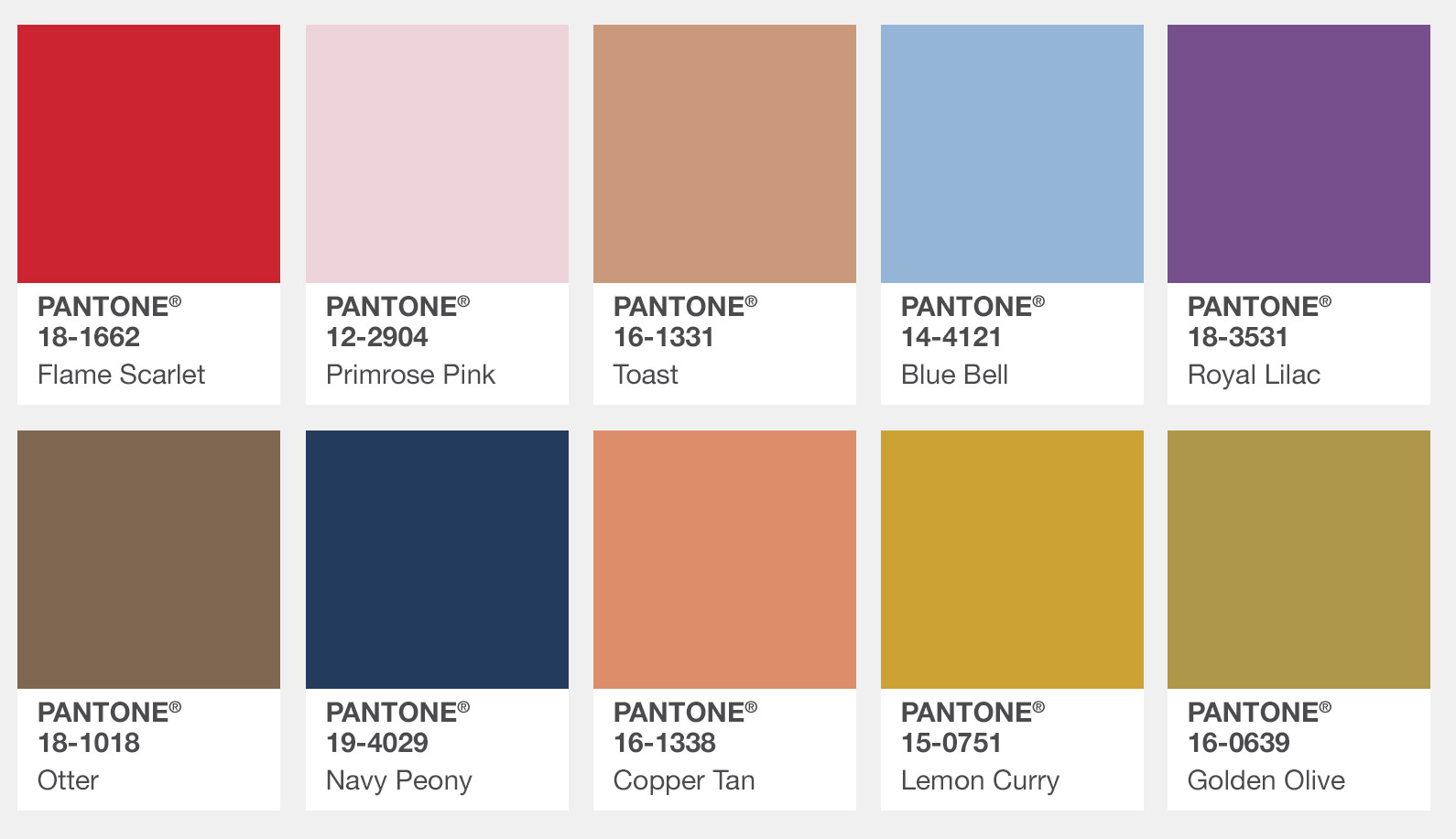
Tartan - an introduction
When we talk about tartan in popular culture, depending what decade you were born into, you might first think of Rupert the Bear's scarf, Mel Gibson's Braveheart costume, Christmas at Hogwarts or if you're a little older a rather outspoken Scottish chap by the name of Rab!
But in more traditional circles, the now symbolic national dress of Scotland has long been an effective marketing technique for local cloth and dye producers.
According to Wikipedia, 'it was not unusual for Highlanders to wear a number of different tartans at the same time' which given their close not merely physical but spiritual relationship with their environment would seem to echo a strong respect for the natural habitat.
In fact, it is only relatively recently in historical terms, that a tartan has been linked to any specific clan. The patterns we now know as 'tartan' were previously more commonly used to distinguish regions and districts rather than clans or families.
If you would like to read more about the history of tartan and indeed the debate around the true identity of the cloth we now know and love then www.kinaird.net offers an interesting insight into the fabric's roots.
Shades of Tartan
There are four main shades or colourways of tartan; modern, ancient, muted and weathered, as well as reproduction and standardised colours. Each method of dyeing achieves a different effect from 'modern' tartan, created with the strongly coloured chemical dyes of today which are popular both for being economical and for capturing the vivid shades of the fashion houses; to the 'weathered' shades designed to reproduce an aged version of the vegetable dye technique used in traditional tartan production.
Originally there would have been no dyes at all and the very first tartans were woven using only pure sheep/ goats wool. This limited the colour pallet to black, brown or white until the introduction of natural dyes from trees, plants and berries. Reproduction colours were inspired following the discovery of a piece of tartan more than two centuries old and their commitment to capturing the specific shades achieved from vegetable dyes make them the most historically authentic tartans available from a colour pallet perspective.
Scotweb has a great article that breaks down each colouring technique in detail. Well worth a read if you have are thinking about creating your own tartan design and plenty of people do, it's estimated there are over 100 new tartans being registered every year.
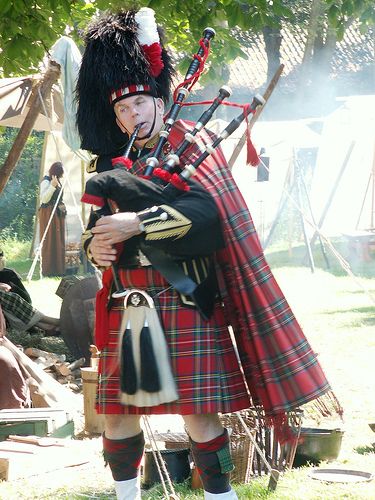

For the love of Plaid
So where did our adoration of all things tartan derive from? Well, a great deal of thanks for raising awareness of the technique must go to the Royal Family.
Edward IV was the first Royal to wear tartan on his visit to Edinburgh, although granted his reasons for wearing the pattern were heavily politically motivated, he did none the less inspire many future generations to embrace the style.
Prince Albert was responsible for the tartan interior decoration of Balmoral, designed for himself and Queen Victoria and his decision to furnish their home in a 'Scots Baronial style' almost certainly led the way for tartan to be commonly introduced into homes across Britain from cushion covers to throws, bedding to curtains.
Tartan has also long been associated with the British Army and Queen Elizabeth II has her own personal tartan called the Royal Stewart Tartan, seen above on one of Her Majesty's Scots Guards.
During the 1970s it was choosing this tartan as a symbol of opposition to the authority of the day that gave Punk subculture such a strongly identifiable 'look.' One that has since been emulated and reproduced almost consistently in the fashion industry, most recognisably by the likes of Vivienne Westwood and John Galliano.
There are also many organisations who have their own tartans including Amnesty International and the Scottish Sikh, Jewish and Chinese communities.
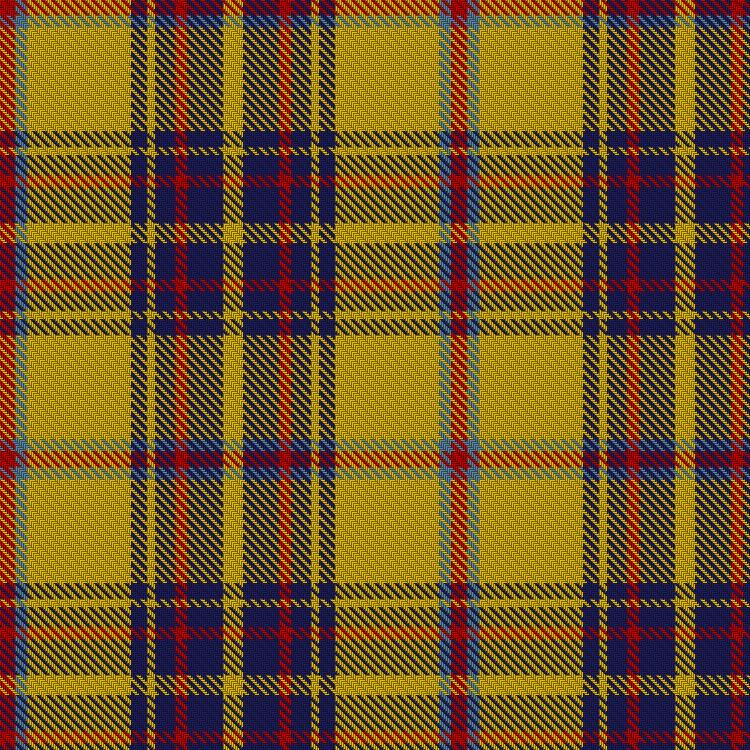
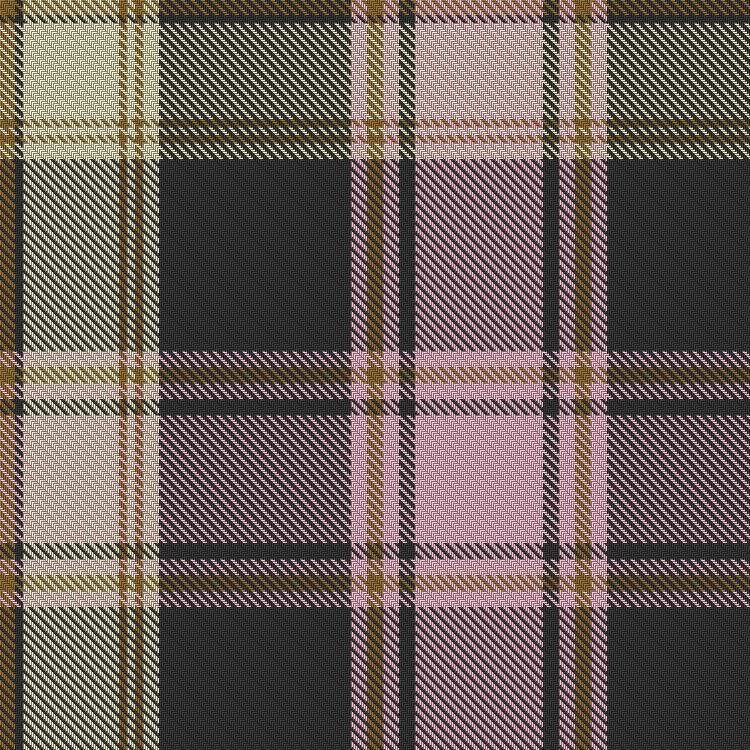

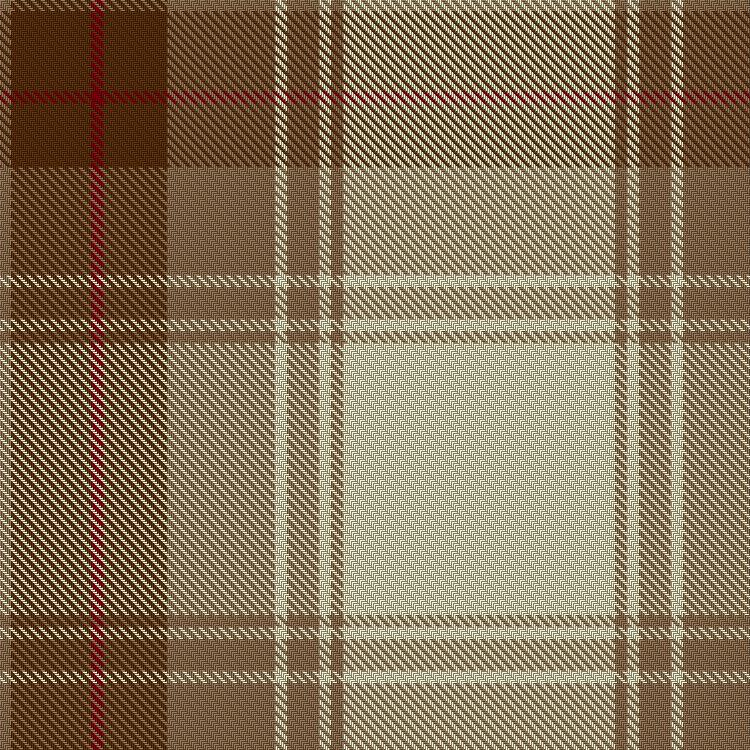
Tartan for Autumn/Winter 2017
To bring our tartan exploration to a close, let's look at some examples that bring together this well-loved style and the Autumn season's colour trends.
As you will have seen from the Pantone report at the top, this Fall sees a return to a more natural colour pallet, similar to the reproduction colourways we discussed earlier. Shades naturally present in the season are evident, particularly with a heavy lean towards browns and yellows echoing the changing tones of Autumn leaves.
Above you will see a selection of four different tartans (hover over each one for a full description) from the more vivid mustard tones of Lemon Curry in the Bracken tartan, to a softer, more delicate colour pallet in the Fiona and Ben Cleuch tartans. Ideal for those who want to embrace the seasonal trends a little more quietly.
The recognised home for all tartan is the Scottish Register of Tartans, by clicking the link you'll not only find Bennet (the third of our four tartan examples which shows off the seasons blue tones; Navy Peony & Blue Bell) but the full catalogue of registered designs. With so many to choose from it's lucky that we'll soon know the colours for Spring/Summer 2018 as well!
If you would like to speak to one of our team about colour matching a tartan of your own or you would like to incorporate some of next season's Pantone shades into your designs then please get in touch on 01473 824212 or send an email to our Design Team
As always, thank you for reading and we hope we've inspired you to add a little Highland plaid to your next project.


